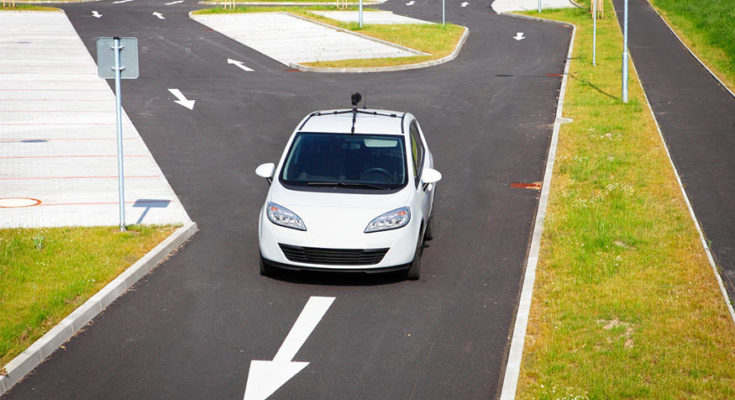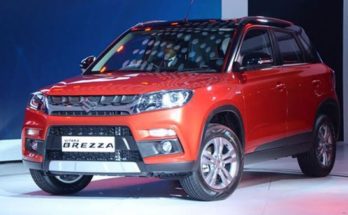Self-Driving Car Sector Encounters Grave Test After First Death
The death of a female smashed by a self-driving vehicle in Arizona with no control of human, the first fatal accident consisting of a completely self-directed car, is an event that the promising sector has long feared and follows at a critical time.
This week’s accident including a car from an Uber Technologies Inc is shaping up as the first important test of how the public and policy makers will react to the fresh tech. The accident took place as firms have been making effort for regulatory authorization to provide ride services of self-driving car as soon as in 2019. Last week, Alphabet Inc’s Waymo and Uber had asked the senators of the U.S. urging them to support removing of self-driving car regulation in the forthcoming weeks.
Technology firms and automakers such as General Motors Co, Uber, and Toyota Motor Corp have made considerable spending that hinge on noteworthy revisions to current vehicle security rules written below the supposition that a skilled human will always be in charge of a car.
Technology and auto industry executives have alerted that there can be deaths and accidents consisting self-driving vehicles, but they have claimed innumerable additional lives will be saved as computerized systems are built to follow traffic rules took over for sleepy, distracted, or impaired drivers.
A former chairman of the NTSB (National Transportation Safety Board), Mark Rosenker, this week claimed that the public must not react excessively to the Uber event. He claimed that almost 40,000 people and 6,000 pedestrians die each year on the roads of the U.S. in over 6 Million crashes.
“This is going to be an unlucky obstruction that we need to deal with to recover the belief of public that these cars are secure,” Rosenker claimed to the media in an interview. The accident prompted Uber to postpone all testing of self-driving vehicles.




